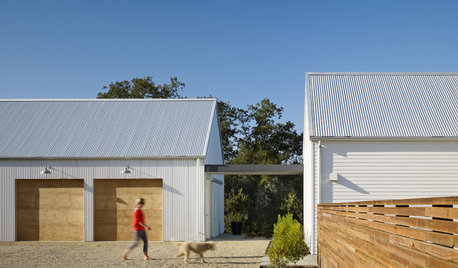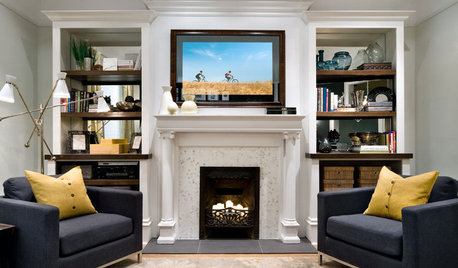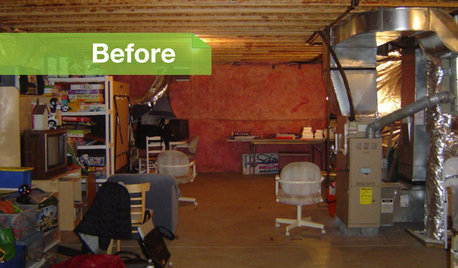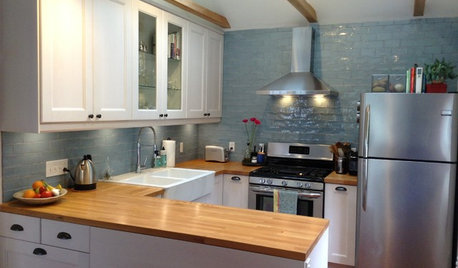Subpanel Questions
crimson_star
13 years ago
Related Stories

ARCHITECTUREDesign Workshop: Explore the Magical In-Between Spaces
Create new experiences inside and out by separating your main house from the guest suite, workshop or pool house
Full Story
HOME TECHSave Your Decor — Hide Your Media Stuff
When you tuck boxes, wires and speakers into walls and ceilings, all you'll notice is your favorite shows or music
Full Story
BASEMENTSBasement of the Week: Movies, Workouts and Billiards
Family togetherness moves to a whole other level with a remodeled basement designed to appeal to all
Full Story
MOST POPULARThe 100-Square-Foot Kitchen: A Former Bedroom Gets Cooking
DIY skill helps create a modern kitchen where there wasn’t one before
Full StoryMore Discussions









terribletom
mike_kaiser_gw
Related Professionals
Brighton General Contractors · Broadview Heights General Contractors · Decatur General Contractors · Duncanville General Contractors · Leominster General Contractors · Montclair General Contractors · Pine Hills General Contractors · Mesquite Solar Energy Systems · Whitney Solar Energy Systems · Allendale Home Automation & Home Media · Ashburn Home Automation & Home Media · Fort Lauderdale Home Automation & Home Media · La Crescenta-Montrose Home Automation & Home Media · Milton Home Automation & Home Media · Surfside Home Automation & Home Mediaterribletom
crimson_starOriginal Author
Ron Natalie
terribletom
crimson_starOriginal Author
terribletom
terribletom
brickeyee
crimson_starOriginal Author
brickeyee
crimson_starOriginal Author
brickeyee
crimson_starOriginal Author
brickeyee
crimson_starOriginal Author
brickeyee